Feeding Birds, Naturally
Want to help birds this winter? Why buy seeds harvested from plants cultivated on valuable farmland, watered & sprayed with chemicals, then transported on trucks? If you love to watch birds, but really want to support them, we need healthy yards with native plants. Our yards need to be a safe habitat for insects to overwinter so the birds can feed them to their young in spring.
A new study by Cornell University analyzed decades of data on North American birds, and estimates that our bird populations have fallen by 29% since 1970. That’s almost 3 billion fewer individuals than there used to be 5 decades ago. And surprisingly, it shows that the most common birds have been the hardest hit. This is a strong indicator that the environment is unhealthy – it’s as if all birds are canaries and the entire world their coal mine.
This may be hard to see for some, especially if you still have birds coming to your feeder – you might not notice if they’re reduced by 30%. But with this great emptying of the skies, there are now 3 billion fewer beaks to eat insects, and 3 billion fewer pairs of wings for moving nutrients, pollen and seeds. We haven’t just lost birds but all the things birds do.
The causes are still being researched, but it is widely accepted that habitat loss and degradation are the largest forces behind the decline of birds. The fact that grassland birds have suffered more than those in other habitats attests to this problem. As wild prairie has been converted into agricultural land, invaded by non-native plants, and flooded with harmful pesticides, 700 million local birds have disappeared.
So what can we do in our own backyards? How can we help? Fortunately, there are lots of ways to help birds thrive. We can make windows safer with decals that prevent collisions, we can keep cats indoors, we can leave our yards a little messier and more natural, we can avoid using landscape chemicals, and we can choose native plants instead of lawn and exotic plants – to offer food and habitat. Audubon’s website (www.audubon.org) has numerous links to learn about creating a more climate-friendly yard, and to help make smart plant choices. They even offer guides on where to buy native plants locally and online.
Many of us may not know why native plants are better for supporting native birds & other species. Native plants want to grow here – these aren’t plants from other countries that we’re forcing into our landscapes…so they require less water, no soil amendment and a lot less effort. Native plants have co-evolved with wildlife over many hundreds of years, creating a complex network of relationships – providing food and habitat for many species. Native plants are easier to grow because of this evolution and are naturally resistant to pests & require less maintenance to thrive.
Your garden is your sanctuary, but with proper plant choices, it can be a haven for birds too. Your yard, patio or balcony can become a vital recharge station for birds passing through, and a sanctuary for nesting and overwintering birds.
To survive, native birds need native plants and the insects that have co-evolved with them. Most landscape plants are exotic species from other countries. Many are prized for qualities that make them poor food sources for native birds.
For example, research by entomologist Doug Tallamy has shown that native oaks support more than 550 species of butterflies & moths alone. The non-native gingko tree supports just 5. Caterpillars are the go-to food source for migrant and resident birds alike. Tallamy’s work points to native landscaping as a key tool in increasing bird diversity and abundance. The habitat provided by native plants can help birds adapt & survive amid a changing climate. More than half of North American bird species are threatened by climate change.
Landscaping for wildlife can restore critically needed habitat and beautify your yard at the same time. Many native trees, shrubs and perennials offer 4-season interest with their fragrant flowers, eye-catching fruit, brilliant fall color & sculptural forms in winter. The same plants can attract a diversity of wildlife with the food, cover & nest sites they supply. There is a seemingly endless supply of native plants to choose from – and each tree, shrub, perennial, vine or grass provides benefit to our local birds and wildlife. Yet the sources to purchase these plants are few. If your local nursery has few natives– ask them to bring in more – vote for a better world with your wallet, and tell them why you want more natives. Education is key here.
Native plants have something to offer in every season – in winter, they offer seedheads (leave perennials standing), nuts/acorns, dormant insects or larvae, sap and fruit.
While feeders will help birds through a rough winter, natural foods are what birds like best. Use food-bearing plants as an integral part of bird-friendly landscaping. Create layers to meet birds’ preferences for foraging at different levels and to appeal to more species. Choose plants with different growing seasons so birds have natural foods available for longer periods. Don’t use landscape chemicals, as they upset the balance of a backyard ecosystem. By understanding birds food preferences and how to provide them with a natural diet, it is simple to feed birds without a single feeder. Our landscapes must start to mimic nature, not work against it.


© 2022 Dirty Girl Gardening.
MEET THE DIRTY GIRLS
FOLLOW US
